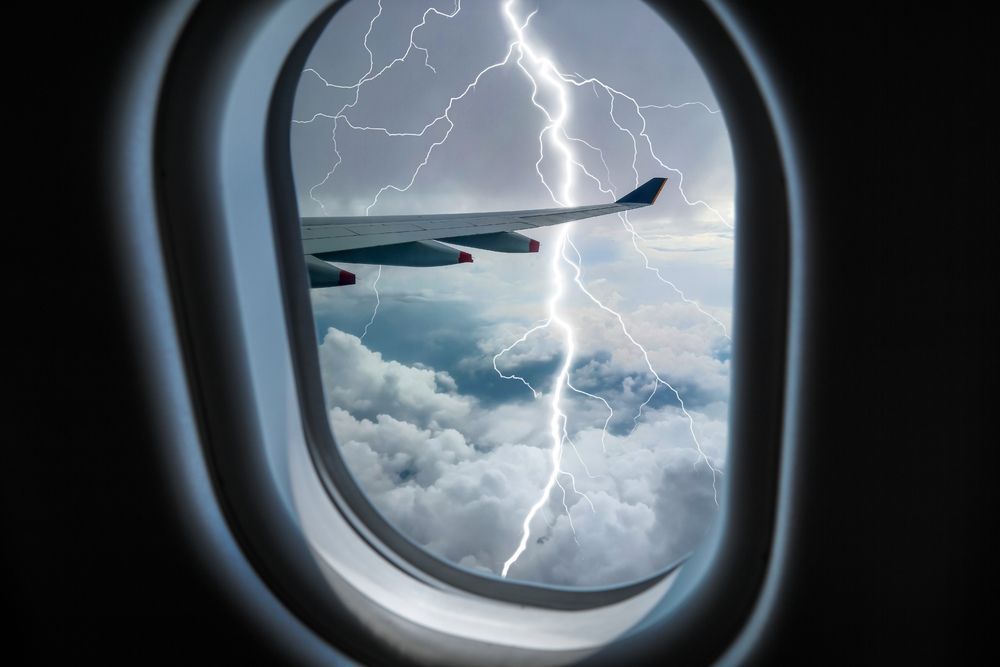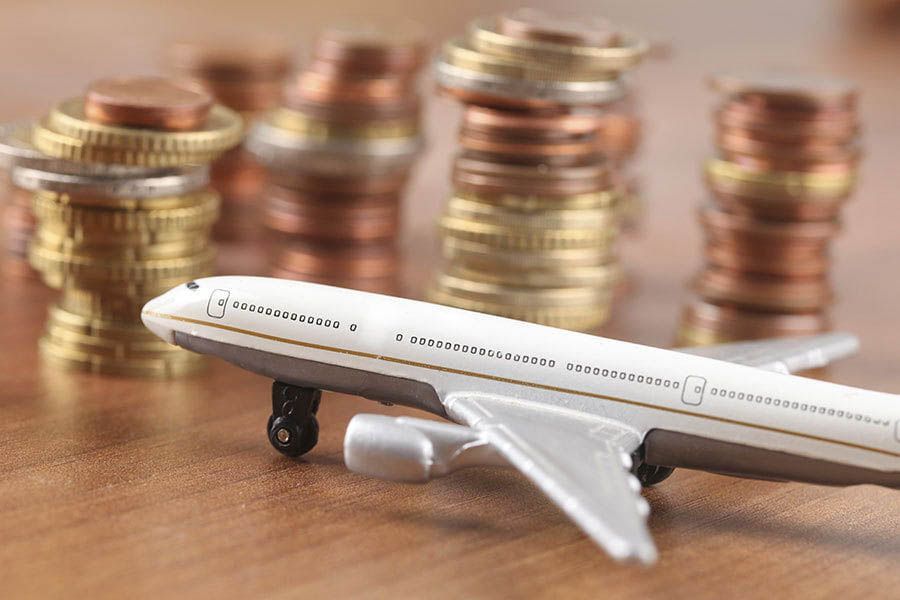
If you’re looking to start a career in aviation, consider instrument rating training. This training program satisfies the qualifications a pilot must obtain to fly under instrument flight rules (IFR). Fulfilling instrument rating requirements not only increases both your business and personal flying productivity, but it also makes you a stronger pilot. When earning your instrument rating, there are several categories to fulfill. In the content below, we answer the common question, “What are my instrument rating requirements?” by assessing four main credentials.
Instrument Rating Requirements: Top 4 Credentials to Secure
Achieving your instrument rating makes you a better pilot when needing to rely on your instruments. It’s a crucial tool and with good reason!
To obtain this rating, you’ll have to fulfill various instrument rating requirements specified in 14 CFR (Code of Federal Regulations Part 61 Sec. 61.65. These four credentials include:
- General Eligibility
- Aeronautical Knowledge
- Flight Proficiency
- Aeronautical Experience
General Eligibility
In this first credential to obtaining your instrument rating , there are a few initial requirements to satisfy prior to committing to the rigorous studies and practice of instrument rating training.
To be eligible to acquire your IR, you must:
- Be at least 18 years of age.
- Obtain at least a current private pilot license, such as a Fixed Wing Private Pilot License, and obtain a current FAA Third Class Medical Certificate.
- Fully understand the English language with expert fluency in both written and oral forms.
- Acquire at least 40 hours of actual or simulated instrument time.
- This time includes a minimum of 15 hours of instrument flight training from a Flight Instructor certified to teach the instrument rating (CFI).
- Pass the required FF written test (knowledge exam) and check ride (practical test).
Aeronautical Knowledge
The second credential of instrument rating requirements includes aeronautical knowledge. This segment is more targeted than that of a private pilot certificate.
To apply for an instrument rating, one must have received and logged ground training from either an authorized instructor or through a completed home-study course. You can expect to focus intently on aeronautical knowledge areas including:
- Understanding of IFR navigation and approaches
- Air traffic control system and procedures
- Use of IFR navigation in transit and instrument approach procedure charts
- Interpreting current weather conditions
- Safe and efficient aircraft operation under instrument flight rules and conditions
- Aeronautical decision making and judgment
- Recognition of accurate, real-time weather data
- On the ground, along the proposed route, and at the intended destination
Flight Proficiency
Flight proficiency is the third credential of instrument rating requirements. You must receive and log training from either an authorized instructor in an aircraft, a full flight simulator, or a training device in this requirement area.
To achieve in-depth flight proficiency, you are required to study and practice the following:
- Pre-flight preparation and procedures
- Air traffic control clearances and procedures
- Navigation systems
- Flight by reference to instruments
- Emergency operations
- Post-flight procedures
Aeronautical Experience
The fourth and final credential is aeronautical experience. Aeronautical experience is crucial for instrument-airplane rating. It puts all of your aeronautical knowledge and flight proficiency into use with proof of competency via logged hours.
To obtain your instrument-airplane rating, you must log:
- 50 hours of cross-country flight time as a pilot in command.
- 10 of those hours must be fulfilled in an airplane.
- 40 hours of either actual or simulated instrument time.
- 15 of those hours received from an authorized instructor who also holds an instrument-airplane rating.
- 3 of those hours of instrument flight training with an authorized instructor must be within 2 calendar months before your practical test’s date.
- Instrument flight training on at least 1 cross-country flight procedure with an authorized instructor that involves the following:
- Fulfilled with an air traffic control facility.
- A 250 nautical mile flight along airways or by directed routing from air traffic control facility.
- An instrument approach at each airport.
- 3 different approaches by using navigation systems.
Once you fulfill all required flight hours and specifications, you then qualify to take the instrument practical test or “check ride.” At this time, an FAA examiner will fly alongside you during the check ride to ensure you can operate safely under instrument conditions.
To obtain different ratings, like instrument-helicopter or instrument-power-lift ratings, you must fulfill all necessary aeronautical experience requirements for those specific entities. Both ratings include their own separate requirements, which you can identify in 14 CFR 61.65.
Instrument Rating Pricing
With an understanding of the instrument rating requirement categories, it’s time to consider the cost of training.
To satisfy the minimum Part 141 Instrument Rating requirements of 35 hours, training will cost students anywhere between $13,000-$15,000. This cost may include flight, ground, and training materials, depending on your training program.
Although 35 hours is the minimum for Part 141 Instrument Rating, it’s important to note that the nationwide average for students to obtain their IR is 50 hours, reflecting the cost range above.
J.A. Flight Training: Undergo Your Instrument Rating Training with Us
J.A. Flight helps pilots complete their schooling and obtain all their ratings so that they can continue to move forward in their professional aviation careers. Our facilities are maintained by our FAA Certified repair station and Cessna Service Center, so you’ll feel confident in our fleet to complete all of your rating training.
From flight instruction to private certificates to instrument rating, you’re sure to find the right program to fit your aviation goals.
Contact us today for more information regarding our Instrument Rating or get a first-hand look at the training overview !


